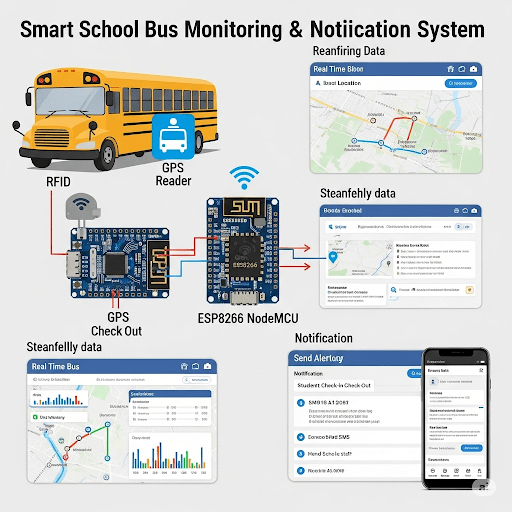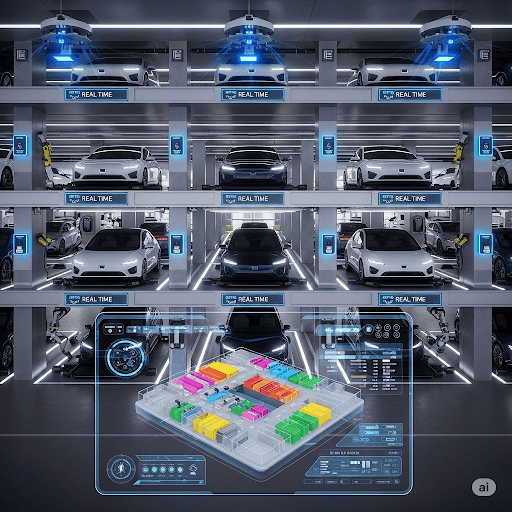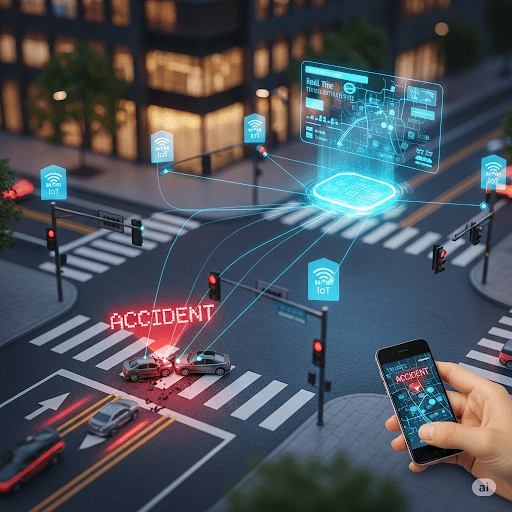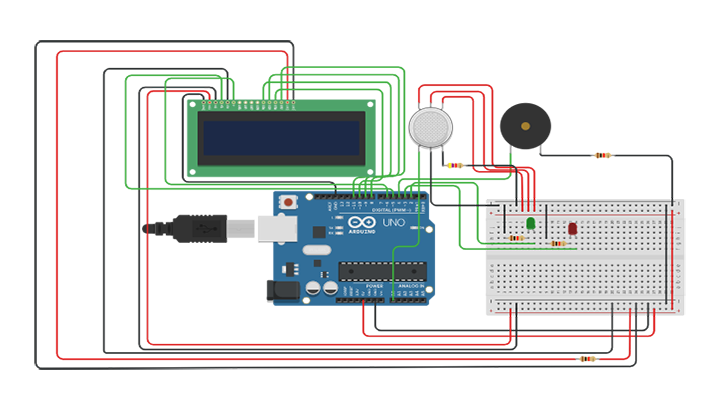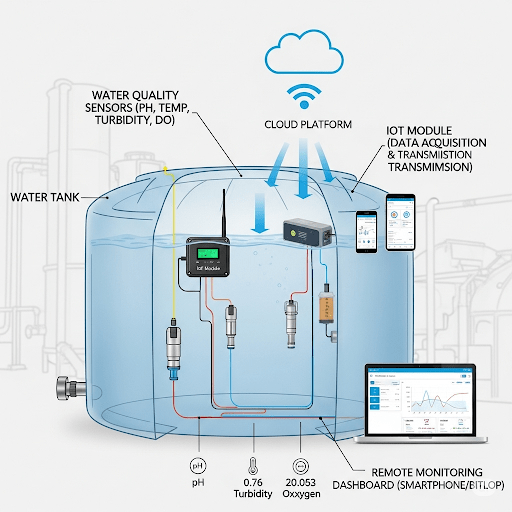Design and implementation of an IoT-Based diabetes remote monitoring system
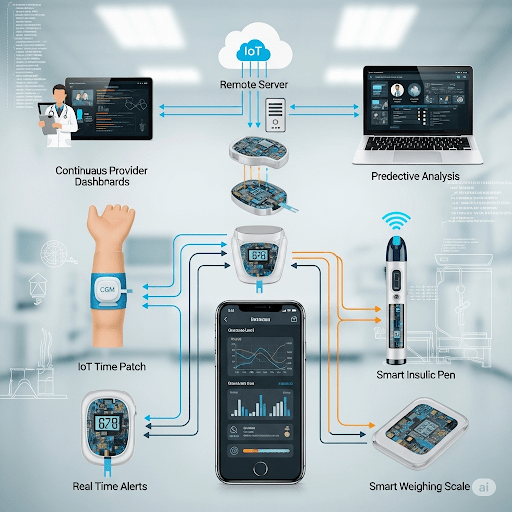
Real-time diabetes remote monitoring uses Internet of Things (IoT) technology to measure blood glucose levels, heart rate, blood pressure, and body temperature. Typically, a self-management system for diabetes is designed to detect the presence of particular molecules, particularly hyperglycemia, together with other diabetes-related indicators. We talked about and examined the information gathered by biological sensors. IoT communication protocols have been used to filter data and send detected data to the cloud using a microcontroller (Arduino Uno).
To manage and link patients with their doctors, an IoT-based webapplication has been created and connected to a Node-Red dashboard. Physicians can assist patients in real time via a dashboard with an easy to use interface based on readings gathered by sensors. The earlier researchers introduced the use of mHealth, an Internet of Things (IoT) system that combines computers and mobile phones with sensor-based technology. The system was created and validated so that doctors could access patient data through a web-based and mobile application. The use of a remote monitoring system for diabetes is a technique for the careful control of the condition, which can develop as a result of high blood sugar. Doctors assisted the patients, and they had access to their input via the patient panel of the program, their e-mail accounts, as well as by phone call. The literature that is now available demonstrated that excessive blood glucose levels are linked to a variety of complex dangers, including stroke and heart conditions such as cardiovascular diseases.
This study benefits the healthcare industry by bridging the real-time healthcare gap that existed between doctors and patients, which may result in fatalities. This Diabetes Remote Monitoring System (DRMS) runs intelligently by anticipating linked devices in the healthcare sector for diabetic patients. The thesis concentrated on how IoT devices might help diabetics maintain the aforementioned criteria. We saw real-time data transfer from the patient to the professionals based on the findings. When fasting, diabetics are in a serious condition if their blood sugar levels are 80 to 139 mg/dl, >85 bpm, 120 to 180 mmHg (systolic), 80 to 120 mmHg (diastolic), 36 to 37.9 oC, or 37.9 oC, respectively. Real-time measurements have been used to evaluate the Correct Dose Insulin computation.
Related project idea for free
Smart school bus monitoring and notification system using RFID, GPS and ESP8266 NodeMCU
While employing technology in the classroom and school administration is the idea behind smart education, there are other aspects of education that also need to be automated. One such aspect is comforting parents while sending their children to school. One major issue in the City of Kigali is the...
Read more>>Smart car Parking System in Kigali - Rwanda
This dissertation examines an IoT-based smart car parking system used in Rwanda. Rwanda is a nation that has to be intelligent in a variety of areas, including agriculture, health, and transportation, particularly in terms of parking. People are affected by a variety of parking issues, including...
Read more>>Accident Detection Based On IoT
Road accidents frequently result in damage, injuries, or fatalities and happen unexpectedly and without warning. Through the elimination of the time lag between the accident's incidence and the initial medical emergency, this research aims to lower the fatality rates following an accident. A mach...
Read more>>IoT based toxic gas detection and level of landfill - Case study: NDUBA LANDFILL
As the world's population expands, so does the amount of waste. Most landfills release harmful pollutants into the air and into the homes of those who live nearby. Effective landfill management is necessary to protect both the environment and human health and wellbeing. The findings of the litera...
Read more>>IoT based remote monitoring of water quality in tanks - Case of WASAC
Water is regarded as a basic requirement for humans in their daily lives. It is required in a variety of settings, including the home, the workplace, the manufacturing sector, the hospital, and others. The quality of the water needs to be closely monitored on a regular basis and effectively if on...
Read more>>
